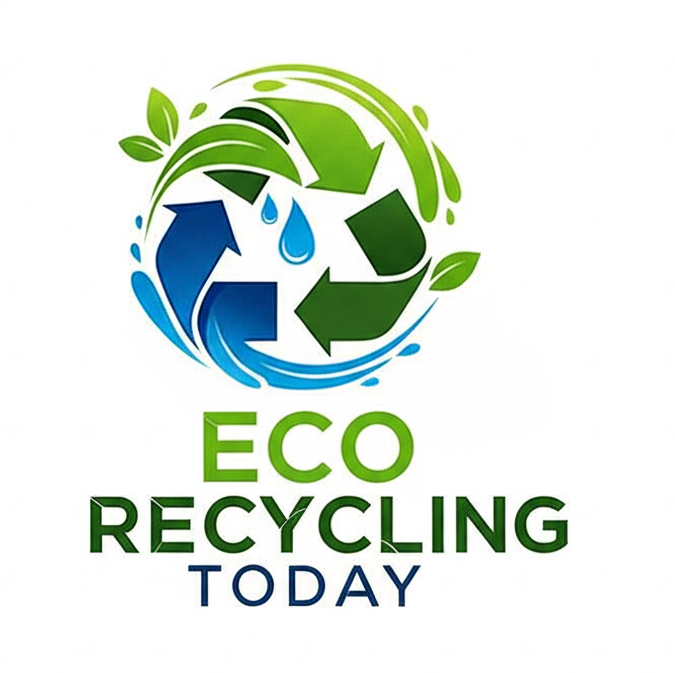Electric vehicles (EVs) are rapidly transforming the global automotive landscape. With climate change concerns and stricter emission regulations, EV adoption is accelerating worldwide. However, this rapid growth has created a new challenge: managing the enormous volume of spent lithium-ion batteries.
EV battery recycling has emerged as a crucial solution. By recovering valuable metals like lithium, cobalt, and nickel, recycling reduces environmental impact, conserves resources, and supports the green transition in the automotive industry. As governments and companies increase their focus on sustainability, EV battery recycling is becoming an essential component of a circular economy.
The Growing EV Market and Recycling Demand
The global EV market is projected to exceed 35 million vehicles by 2030, with Europe and North America contributing significantly to this growth. As EV adoption rises, the volume of end-of-life batteries will grow exponentially. Analysts estimate that by 2030, over 250,000 tons of lithium-ion batteries will reach the end of their life cycle annually in the U.S. and Europe alone.
Efficient recycling is critical not only to manage waste but also to secure raw materials. Lithium, cobalt, and nickel are finite resources. Mining these metals can be environmentally damaging, and recycling offers a sustainable alternative that supports the supply chain while reducing carbon footprints.
Advanced Recycling Technologies
Several advanced recycling methods are being deployed to recover valuable metals and reduce environmental impact:
Mechanical Recycling
Mechanical recycling involves shredding, sorting, and separating battery components. Metals are extracted through physical processes, while plastics and other non-recyclable materials are safely disposed of or repurposed.
Chemical Recycling
- Chemical recycling includes hydrometallurgical and pyrometallurgical processes.
- Hydrometallurgical processes dissolve metals using chemical solutions, allowing high-purity recovery of lithium, cobalt, and nickel.
- Pyrometallurgical processes use high-temperature smelting to extract metals, though this method is more energy-intensive.
Innovative Industry Examples
- Li-Cycle (Canada): Uses a two-stage process combining mechanical and chemical treatments to recover up to 95% of battery metals.
- Redwood Materials (USA): Focuses on sustainable recycling and reintroduces recovered metals into battery production, creating a closed-loop system.
These technologies not only improve recovery rates but also reduce environmental hazards associated with battery disposal.
Environmental and Economic Benefits
EV battery recycling offers both ecological and economic advantages:
- Reduced Mining and Environmental Impact: Recycling reduces the need for raw material extraction, preventing habitat destruction and water contamination.
- Lower Carbon Emissions: Studies indicate that recycling a ton of lithium-ion batteries can reduce carbon emissions by up to 30% compared to producing new materials.
- Resource Efficiency: Recycling supports the circular economy by reintroducing valuable metals into production cycles.
- Metal Recovery Data: Recycling 1 ton of EV batteries can recover approximately 250 kg of lithium, 120 kg of nickel, and 50 kg of cobalt.
From a financial perspective, recovered metals reduce dependence on fluctuating global commodity markets and support sustainable supply chains for battery manufacturers.
Policy and Industry Initiatives
Governments and industries are playing a vital role in promoting battery recycling:
- European Union: The EU Battery Directive mandates minimum recycling and recovery rates for all EV batteries, ensuring environmentally responsible practices.
- United States: The Department of Energy funds recycling research and provides incentives to private companies developing efficient recovery technologies.
- Corporate Programs: Leading EV manufacturers such as Tesla, Volkswagen, and BMW have established battery take-back and recycling programs to comply with regulations and demonstrate corporate responsibility.
Public-private partnerships and policy frameworks are key to scaling recycling efforts and driving industry-wide adoption.
Green Transition in the EV Industry
EV battery recycling is central to the automotive industry's green transition. As technology advances, recycling processes are becoming safer, more efficient, and more economically viable. Key trends include:
- Innovation in Recycling Techniques: Continuous improvements in chemical and mechanical recovery processes.
- Circular Supply Chains: Metals from recycled batteries are reintegrated into new battery production, reducing dependence on mining.
- Global Collaboration: Cross-border initiatives aim to standardize recycling practices and share best practices internationally.
By embracing recycling, the EV industry can reduce environmental impacts, conserve resources, and accelerate the shift to sustainable mobility.
FAQ
Q1: How many times can EV batteries be recycled?
A1: Most lithium-ion batteries can be recycled multiple times, though efficiency may decrease slightly with each cycle.
Q2: Is recycling EV batteries safe?
A2: Yes, certified recycling facilities follow strict safety protocols to prevent fires, chemical leaks, and environmental contamination.
Q3: Does recycling EV batteries really benefit the environment?
A3: Absolutely. Recycling reduces mining, lowers carbon emissions, and recovers valuable metals for reuse.
Q4: How can individuals support EV battery recycling?
A4: Consumers can participate in manufacturer take-back programs or recycle batteries at certified collection points.
